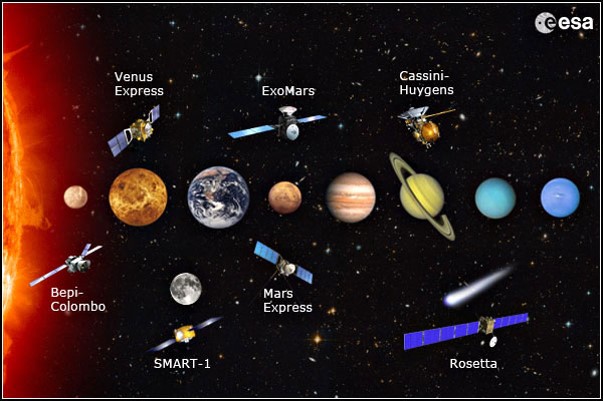The ESA-SAPS publications system is an ESA project, which is being developed by the consortium of Planetek Hellas as prime contractor (ESA Contract No. 4000107855/13/NL/EK) and the National Observatory of Athens as subcontractor. In the framework of this contract, Planetek Hellas has undertaken to implement the design and maintenance of a system of Publications for the ESAC Science Archival Data, to deliver the software and documentation. The main idea is to develop a system that can provide information on the scientific part of ESA operating missions by examining the publications and the observational data used to produce them.
Following the main objective the ESA-SAPS system will be performed by providing several services. First of all, a human interface that will allow the information of publications in the archive and the associated archival data to be presented. Additionally, a human interface to allow standard statistical summaries to be produced, plus on the fly statistics depending on the associated archival data. Moreover, a machine interface that allows the ESAC mission scientists to make several queries to the system and retrieve the relevant information of observational data and help them to make their daily work easier. In order to achieve all the above Planetek Hellas will develop an Ingestion procedure through which will extract the data from a bulk of scientific papers.
The final design and development of the ESA-SAPS Publication System shall be done taking into account the following considerations. It will have a standard three-tier layer Architecture based on open source Java Technologies that ESAC already uses. The three layers consists of a User interface layer, a Server layer and a Data layer. The Data layer will include the storage of data in a relational database. The Publications System shall contain data from at least the following missions:
- XMM-Newton,
- Integral,
- Mars Express,
- Venus Express,
- Rosetta,
- Herschel,
- Solar and Heliospheric Observatory (SOHO),
- Planck,
- Cassini/Huygens,
- Cluster and
- Double Star and Proba-2
The project started on March 2013 and by contract finishes on September 2015 (30 months).




